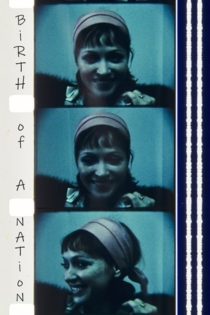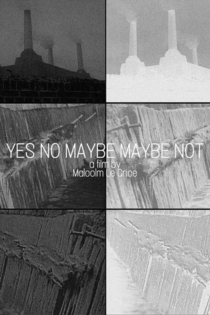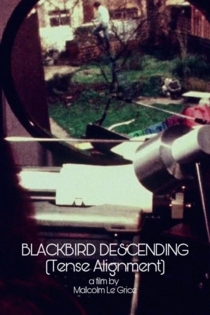
Malcolm Le Grice
1940 (85 лет)Le Grice has written critical and theoretical work including a history of experimental cinema 'Abstract Film and Beyond' (1977, Studio Vista and MIT). For three years in the 1970's he wrote a regular column for the art monthly Studio International and has published numerous other articles on film, video and digital media. Many of these have been collected and recently published under the title 'Experimental Cinema in the Digital Age' by the British Film Institute (2001).
Le Grice is a Professor Emeritus of the University of the Arts London where he is a collaborating director with David Curtis of the British Artists Film and Video Study Collection.
Abstract Cinema
Keith Griffiths
Stan Brakhage, Jules Engel
Several well-known and pioneering abstract filmmakers discuss the history of non-objective cinema, the works of those that came before them and their own experiments in the field of visionary filmmaking.
Abstract Cinema
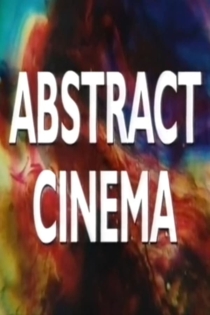
Whitchurch Down (Duration)
Malcolm Le Grice
This film is the beginning of an examination of the perceptual and conceptual structures which can be dealt with using pure colour sequences in loop forms with pictorial material. In this case the pictorial material is confined to three landscape locations, and the structure is not mathematically rigorous.
Whitchurch Down (Duration)
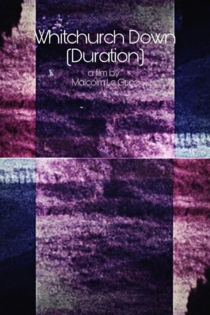
Berlin Horse
Malcolm Le Grice
Two fragments of 8mm home-movie footage shot by the artist near Berlin weave together in repeating cycles of action, temporal manipulation, and colour distortion, heightening the viewer’s awareness of film-time and the film-image, and perception of colour in motion.
Berlin Horse
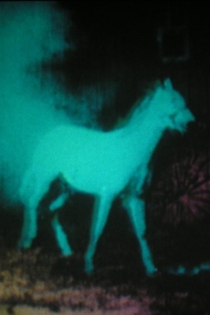
Blind White Duration
Malcolm Le Grice
Blind White Duration is a film concerned with constructing an experience from limited perceptions. The viewer is introduced to a limited range of images (a snowy day in Harrow, walking to the Metropolitan Line station) shown in brief fade-ins and outs or quick flashes. For most of the film, the screen remains white. This is a film about the light of the projector, the white screen and the white image which emerges out of it.
Blind White Duration
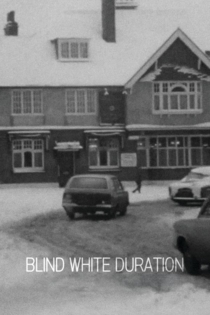
Emily - Third Party Speculation
Malcolm Le Grice
Margaret Murray, Judith Le Grice
Emily - Third Party Speculation is the second of a ‘domestic trilogy’ exploring the relationship between the restricted camera viewpoint and the construction of documentary narrative. The other two films in the series are Blackbird Descending - tense alignment and Finnegan's Chin - temporal economy. Constructed around the repetition of ‘neutral’ domestic scenes, this film attempts to address the problems of identification in cinema.
Emily - Third Party Speculation

After Lumière – l'Arroseur arrosé
Malcolm Le Grice
William Raban, Judith Le Grice
"Like all the works I have done which refer directly to another artist, After Lumière… is not directly 'about' the Lumière original. It is the starting point for an investigation. In this case it is an investigation into consequentiality, or at least the significance of sequentiality in the construction of meaning and concept. As such, the film encroaches on 'narrative' cinema, but in a way which treats narrativization as problematic, not transparent." - Malcolm Le Grice
After Lumière – l'Arroseur arrosé

Threshold
Malcolm Le Grice
Le Grice no longer simply uses the printer as a reflexive mechanism, but utilises the possibilities of colour-shift and permutation of imagery as the film progresses from simplicity to complexity… With the film’s culmination in representational, photographic imagery, one would anticipate a culminating “richness” of image; yet the insistent evidence of splice bars and the loop and repetition of the short piece of found footage and the conflicting superimposition of filtered loops all reiterate the work which is necessary to decipher that cinematic image. - Deke Dusinberre
Threshold
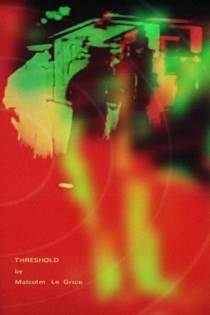
60 Seconds of Solitude in Year Zero
Edmund Yeo, Oliver Whitehead
An anthology of one-minute films created by 60 international filmmakers on the theme of the death of cinema. Intended as an ode to 35mm, the film was screened one time only on a purpose-built 20x12 meter public cinema screen in the Port of Tallinn, Estonia, on 22 December 2011. A special projector was constructed for the event which allowed the actual filmstrip to be burnt at the same time as the film was shown.
60 Seconds of Solitude in Year Zero

Spot the Microdot
Malcolm Le Grice
This film was made by punching circular holes into fully opaque film stock and laying discs of colour film into some of the punched holes. Only the original copy of this film exists – it cannot be printed and is therefore projected only on rare occasions. As with other Le Grice films from the late 1960s, Spot the Microdot is marked by a radical rejection of ‘illusionism’, choosing to focus instead on the material properties of the film medium itself.
Spot the Microdot

Absinthe
Malcolm Le Grice
In October 2009 I did a show in Prague. I returned to the Kafka house of my ‘Benefit of Mr K’ but found the whole street and Castle area had become a tourist trap – so I wandered into the back-streets at the bottom of the hill and found a little local bar for a plate of sausage, mustard and strong brown bread. Intending to drink some wine I noticed that Absinthe was included in the drinks list so ordered it. I admitted to the bar-keeper that I had never had it before and he showed me how it should be mixed and flamed with sugar – and I recorded with my pocket video camera. With a little gesture to Picasso and Degas, I became the Absinthe Drinker.
Absinthe

H2O-0C-24.02.06-12.01GMT - 03,50.40W - 50.16.30N
Malcolm Le Grice
A simple event becomes rhythmically complex through changes of speed and multiple superimposition. The title refers to the inevitable inclusion of detailed meta-data in all future digital recordings – locating for example global time, place, temperature for example.
H2O-0C-24.02.06-12.01GMT - 03,50.40W - 50.16.30N
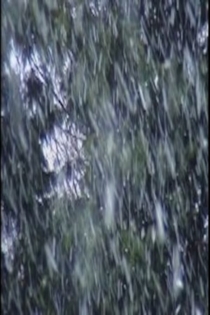
After Manet, After Giorgione – Le Dejeuner sur l'Herbe or Fete Champetre
Malcolm Le Grice
Malcolm Le Grice, Gill Eatherley
Le déjeuner sur l’herbe is simultaneously perceived from four different camera positions in a work which engages with the pro-filmic in order to question documentation, illusion and the film viewing process.
After Manet, After Giorgione – Le Dejeuner sur l'Herbe or Fete Champetre

